The idea of living in an underground home, or subterranean cave home, has always been a fascination for many. Whether it is borne of romantic notions, or fantastical whims, the idea remains quite appealing. The basic technology and know-how to build these structures has developed over the decades, and it is now possible to design and build some truly amazing under-earth structures that offer enormous heating/cooling benefits, and also look amazing! There are a number of companies that specialize in building these intriguing and innovative dwellings, which are also incredibly well engineered to stand the test of time. These beautifully designed underground homes will definitely impress you with their unique and striking beauty, but also offer numerous practical and environmental benefits that make them surprisingly attractive home options, whether large or small.
Underground Homes & Earth-Sheltered Homes – The Details
Underground homes are often referred to as Earth Sheltered homes, and use a layer of earth to insulate the structure from external elements, whether rain, wind, or any other type of inclement weather. This layer of insulation provides additional benefits, as it allows the air within the home to remain at a relatively constant temperature, which adds to the home’s energy efficiency. Underground homes also blend naturally into the surrounding environment, have low-maintenance costs, and offer substantial sound proofing – all of which make these homes an attractive option.
Many consumers have heard that the soil below their feet maintains a relatively stable temperature all year around. In fact, in most climates, if you were to measure the temperature 15 ft below ground, you will find that no matter the time of year, the average will always be around 55 degrees Fahrenheit (12.8 degrees Celsius). In practical terms, this means a naturally cool home in the summer, and during winter months, the amount of energy required to heat your home is reduced substantially, as your heating systems are only required to lift the temperature by a relatively low amount in order to reach a comfortable ambient temperature for your home. With traditional dwellings, the home must be heated from whatever the outside temperature is all the way to your desired air temperature, without any insulating benefit. The attractiveness of such efficiencies are obvious, and add a lot of value to the earth sheltered home concept.
Types of Earth Sheltered Homes
There are two forms of earth sheltered home – they are referred to as a Berm Earth Sheltered home, or an Underground house. The two terms represent somewhat different approaches to the concept, and when discussing or considering these dwellings, it is important to recognize and understand the differences.
Berm Earth-Sheltered Homes
Berm earth-sheltered homes basically means that the home is not entirely underground, 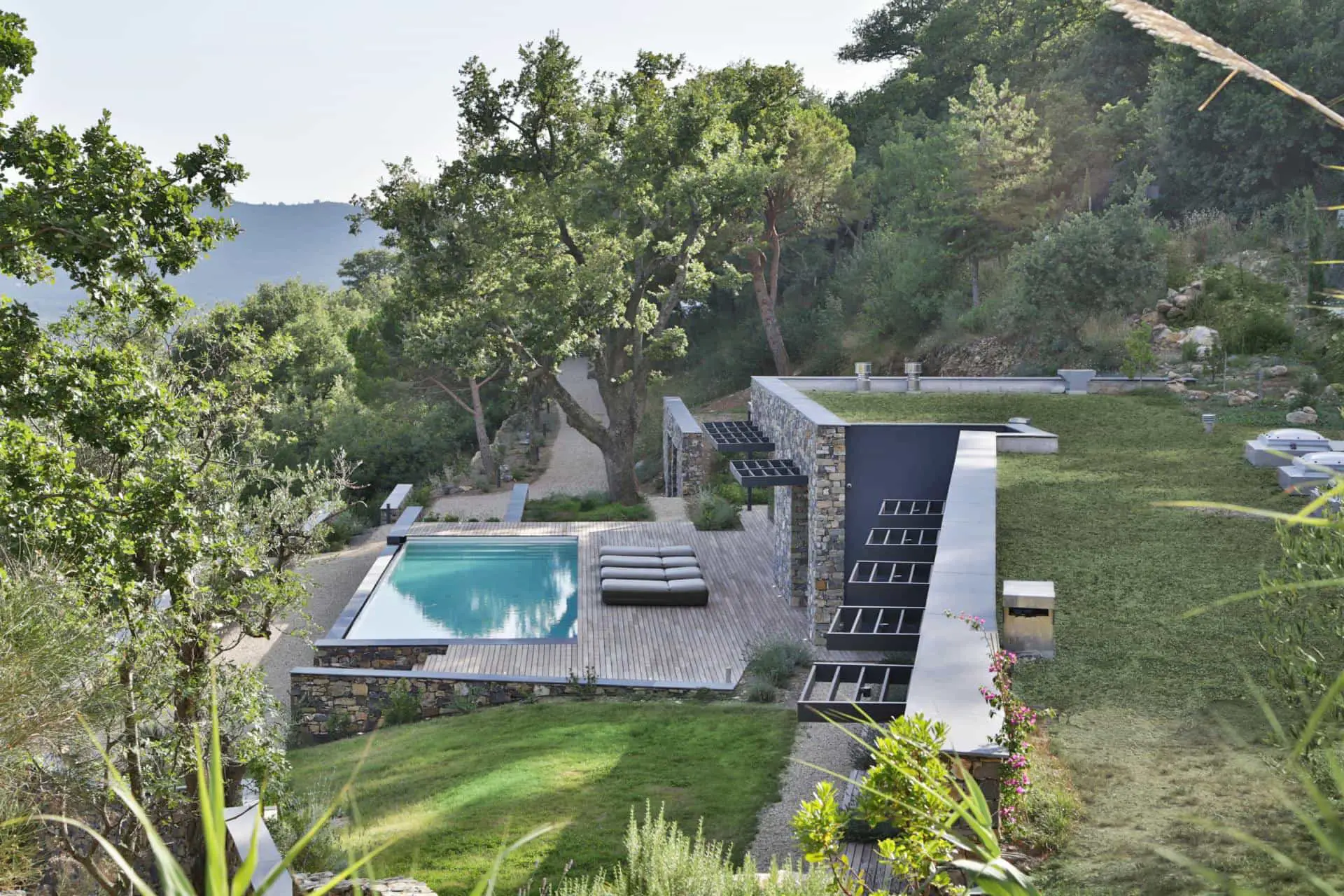 with quantities of earth covering only some of the walls. In the case where the roof is also covered, it is often referred to as an elevational Bermed house, which only has a single wall/facade that is not covered. These are the most common of the underground dwellings that people visualize, and are also the most cost effective to build. The final type of Berm design is what is often referred to as a Penetrational Berm, and in this instance the entire building is covered, leaving only exposure for doors and windows.
with quantities of earth covering only some of the walls. In the case where the roof is also covered, it is often referred to as an elevational Bermed house, which only has a single wall/facade that is not covered. These are the most common of the underground dwellings that people visualize, and are also the most cost effective to build. The final type of Berm design is what is often referred to as a Penetrational Berm, and in this instance the entire building is covered, leaving only exposure for doors and windows.
Most Berm homes are built with the facade oriented to the South, and this is done deliberately. As many people are aware, a southern exposure ensures the maximum amount of daylight and sunshine to enter into the home, which offers a natural source of light and heat into the structure. This important design factor can dramatically increase a home’s efficiency, by reducing the amount of energy required to heat the dwelling. In an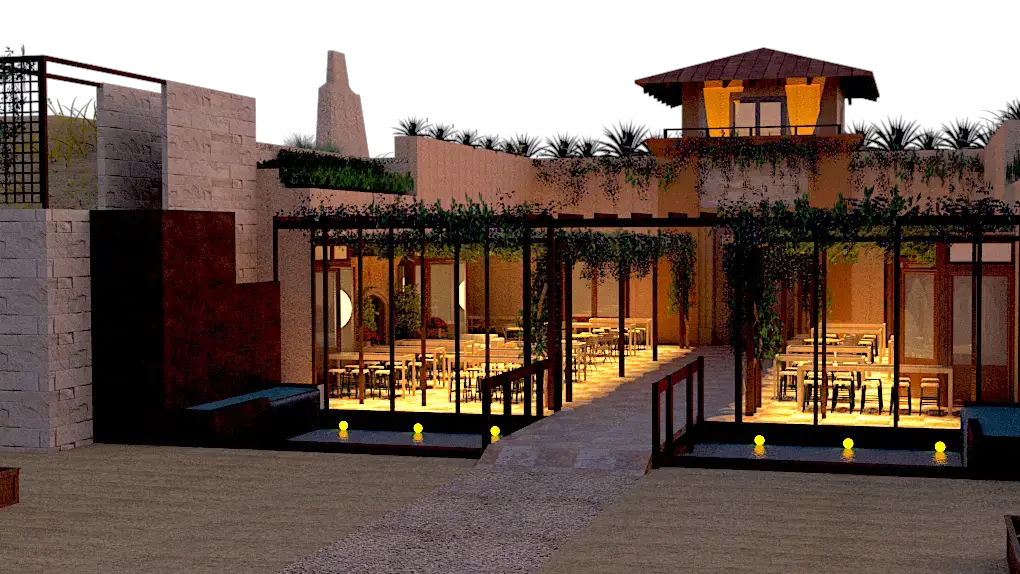 underground house, most designs will place the living spaces and bedrooms along this southern facing part of the building to maximize the benefits offered by the sunshine beaming in from the South. It is noted that most berm earth sheltered homes also make use of skylights to add additional lighting into the structure, and also provides increased airflow and ventilation to entire home. This ensures that portions of the home that are not open to the southern facade are still able to have sufficient airflow, and keeps the home fresh and dry no matter what the season.
underground house, most designs will place the living spaces and bedrooms along this southern facing part of the building to maximize the benefits offered by the sunshine beaming in from the South. It is noted that most berm earth sheltered homes also make use of skylights to add additional lighting into the structure, and also provides increased airflow and ventilation to entire home. This ensures that portions of the home that are not open to the southern facade are still able to have sufficient airflow, and keeps the home fresh and dry no matter what the season.
Underground Homes
In deference to a Berm design, an underground home is (as the name suggests), completely underground. These designs generally are build with a contained central courtyard, which is open to sun/sky above. These types of homes are built in such a way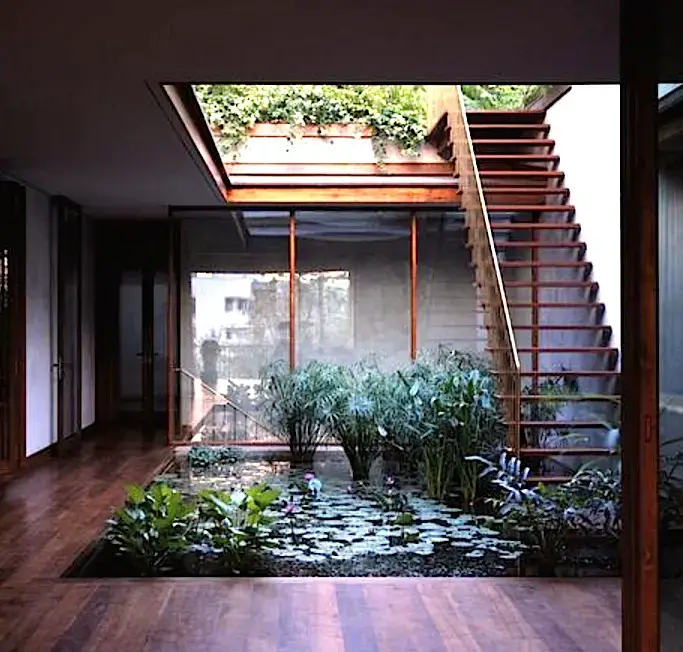 that all of the home is completely covered, with all rooms facing inwards toward the central courtyard area to provide light and airflow into the house. These types of homes are particularly interesting, as they blend naturally into the surrounding landscape, and are often practically invisible when viewed from afar. They also provide incredible sound and weather proofing. That said, it is extremely important to consider the flow of water in these designs, as any precipitation that falls into the courtyard area needs an exit, and these designs need careful consideration of water and drainage management. Finally, the design of these underground homes means that the natural light and heat that will enter into the building may be reduced compared to Berm earth sheltered buildings, and as such, careful consideration of skylights and other features should be taken when coming up with a final design.
that all of the home is completely covered, with all rooms facing inwards toward the central courtyard area to provide light and airflow into the house. These types of homes are particularly interesting, as they blend naturally into the surrounding landscape, and are often practically invisible when viewed from afar. They also provide incredible sound and weather proofing. That said, it is extremely important to consider the flow of water in these designs, as any precipitation that falls into the courtyard area needs an exit, and these designs need careful consideration of water and drainage management. Finally, the design of these underground homes means that the natural light and heat that will enter into the building may be reduced compared to Berm earth sheltered buildings, and as such, careful consideration of skylights and other features should be taken when coming up with a final design.
Engineering, Site Work & Considerations
One of the most important aspects of building an underground home, or berm earth-sheltered home, is the preliminary work of ensuring the site you have chosen is appropriate for the dwelling. There are a number of specific things to take into consideration, and we highlight those here to assist you in getting some additional perspective on these great home ideas, and guide you in making informed decisions.
Landscape, Water and Soil Considerations
In the most general terms, it is important to determine the type of soil that is available in the area you have chosen for your home. It is generally considered best to have soil that is high in gravel and sand content, as these are excellent for use with underground houses and berm earth-sheltered homes. They are excellent for compression and can be compacted more easily, and permit heavy load, while ensuring proper drainage and moisture flow.
Another important consideration is the general shape and arrangement of the physical 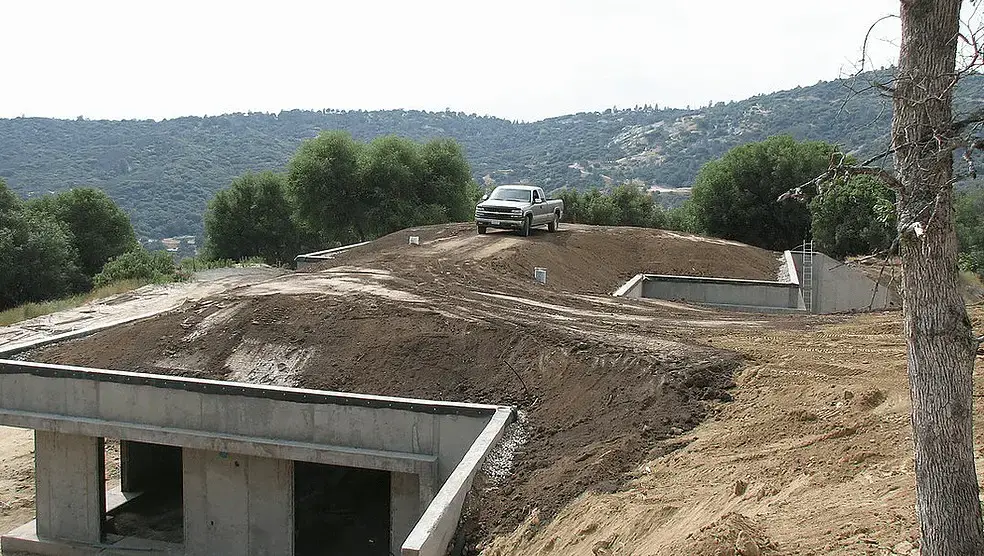 landscape on the site you have chosen. The natural topography of your selected home building site will determine the easy your home can be constructed, and whether there are natural features to the landscape that you can make use of. Depending on whether the land is flat, or whether there are varying slopes available to you, will either help or hinder your construction efforts. Obviously, slopes or hills will mean an easier build, where a flat site will require substantial amounts of digging and material to ‘cover’ your finished home. Slopes and hills provide natural cover for a home, in addition to reducing your excavation requirements.
landscape on the site you have chosen. The natural topography of your selected home building site will determine the easy your home can be constructed, and whether there are natural features to the landscape that you can make use of. Depending on whether the land is flat, or whether there are varying slopes available to you, will either help or hinder your construction efforts. Obviously, slopes or hills will mean an easier build, where a flat site will require substantial amounts of digging and material to ‘cover’ your finished home. Slopes and hills provide natural cover for a home, in addition to reducing your excavation requirements.
One final and very important consideration is the flow of water on your selected home building site. It should be determined how water flows naturally at your site, as well as where it moves and drains naturally. Knowing this will ensure your design correctly accounts for water flow and drainage, and will guide your designs to complement the natural flow of water on your property, and help to avoid any water related issues.
It will be critical to consult with your engineering partners when reviewing your site, to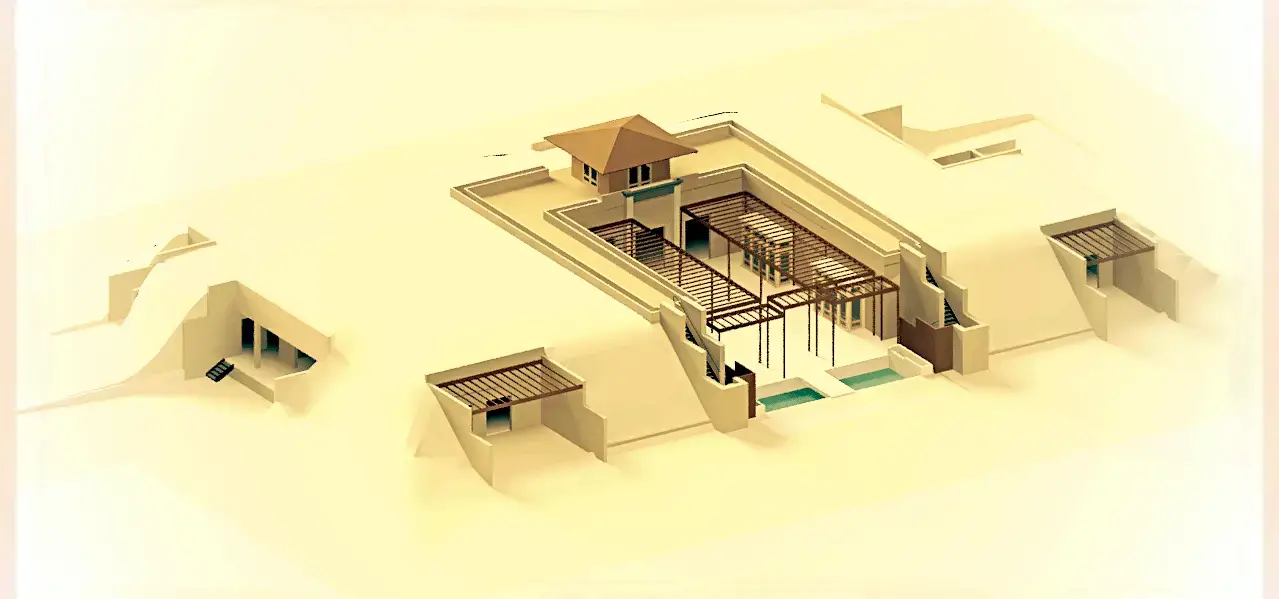 ensure it is suitable for your home planning. Soil and earth specialists will be able to test your site, and determine the soil components to better guide you in your development efforts, while ensuring your water and drainage requirements are properly accounted for in your home design and planning.
ensure it is suitable for your home planning. Soil and earth specialists will be able to test your site, and determine the soil components to better guide you in your development efforts, while ensuring your water and drainage requirements are properly accounted for in your home design and planning.
Climate Considerations
The best regions for earth-sheltered and underground homes are those with low-humidity. This doesn’t mean these homes are impractical in other regions, but for optimum performance, low-humidity environments mean your home will have fewer requirements for moisture and humidity control systems.
Drier climates mean drier homes, whether hot or cold – these make great locations for underground homes and berm earth-sheltered homes.
Air Flow & Control
There are many things to consider in the designing and building of an underground home. As noted a few times already, air-flow and ventilation within these types of homes is critical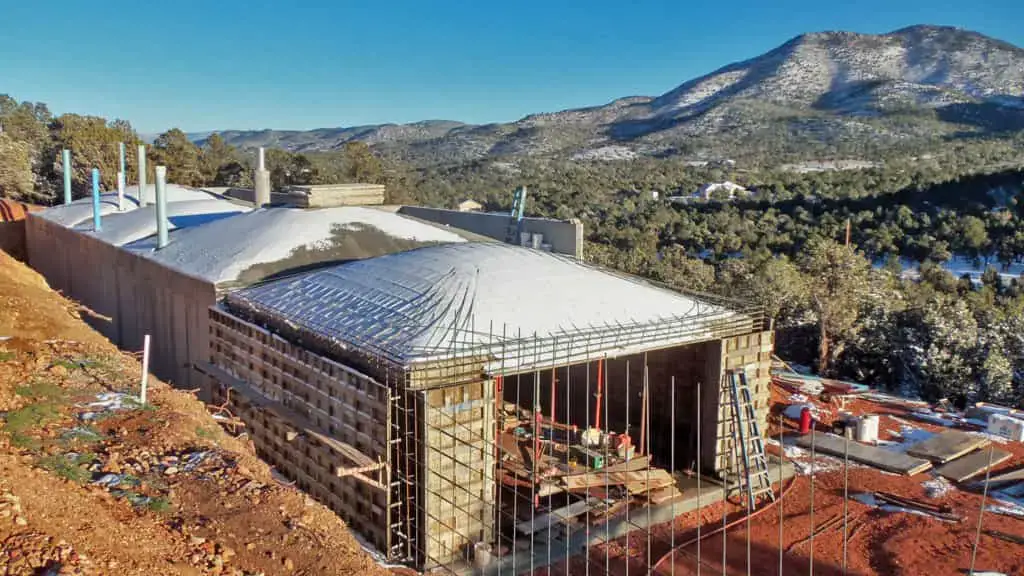 to ensure that moisture is controlled, and the correct humidity levels are maintained. Additionally, a home that uses any types of fuel for heat, or for cooking and other activities will require that the fumes and gases produced are correctly ventilated from the home, and the air is kept fresh. Additionally, the use of proper air control systems will greatly increase the efficiency of the building, and ensure to reducing the associated costs. The final point is that by having proper air flow and controls systems, you can ensure humidity levels are correct throughout the home, and provide great quality fresh air in all parts of your house.
to ensure that moisture is controlled, and the correct humidity levels are maintained. Additionally, a home that uses any types of fuel for heat, or for cooking and other activities will require that the fumes and gases produced are correctly ventilated from the home, and the air is kept fresh. Additionally, the use of proper air control systems will greatly increase the efficiency of the building, and ensure to reducing the associated costs. The final point is that by having proper air flow and controls systems, you can ensure humidity levels are correct throughout the home, and provide great quality fresh air in all parts of your house.
The Pros & Cons
With any home, there are a variety of things to consider before decisions are made. Their are advantages and disadvantages to every type of building, and underground homes and earth-sheltered homes are not spared these considerations. Below is a short list of some of the pros and cons of these types of dwellings.
Pros
- Thermal Protection
- Lower Outer Maintenance
- Greater protection agains the elements (high winds and extreme weather)
- Blends into natural surroundings
- Potentially lower cost of insurance
- Design flexibility (eliminate need for support walls/posts inside basic structure)
- High Strength (the dome design is many times stronger than flat roof concepts)
- High Ceilings and open space feeling
- Fast home build times – (poured concrete can be done quickly, speeding build times)
- Long lifespan (these homes can last for generations)
Cons
- Higher initial cost of construction
- Moisture control requirements
- Reselling can be a longer process
- Mortgage applications are more complicated
- Site engineering is more complicated (soil and water table analysis)
Contractors and General Price Details
Underground homes do not generally end up being cheaper than standard homes, at least 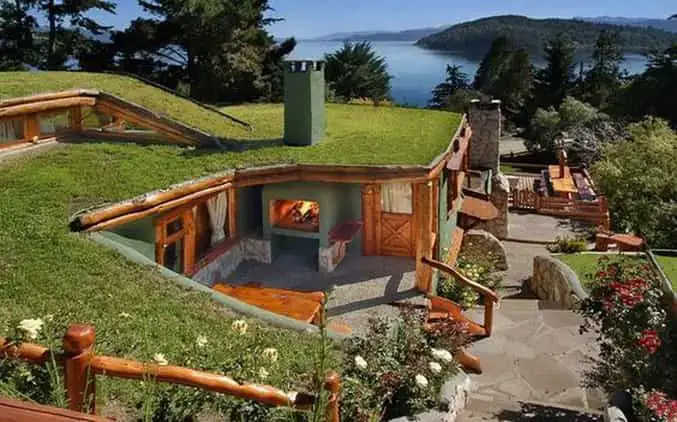 in terms of construction. In fact, some estimations state that and underground home can cost between 15-25% more than a standard construction. They key point here is ‘build cost’, versus the cost of the home over time. While these build costs may be higher up-front, the overall cost of owning, maintaining and operating an underground home over time is substantially lower than a standard stick home construction. In very direct terms, the cost of an underground home, or a berm earth-sheltered house will vary significantly depending on the site, and even the region you select for your home’s construction.
in terms of construction. In fact, some estimations state that and underground home can cost between 15-25% more than a standard construction. They key point here is ‘build cost’, versus the cost of the home over time. While these build costs may be higher up-front, the overall cost of owning, maintaining and operating an underground home over time is substantially lower than a standard stick home construction. In very direct terms, the cost of an underground home, or a berm earth-sheltered house will vary significantly depending on the site, and even the region you select for your home’s construction.
There are a number of contractors in the United States who specialize in underground home construction, and each of them provide a wealth of experience and skill in working with these amazing dwellings. We’ve curated a list of some of these companies below, and if you would like to speak in more detail about your own home design and/or construction ideas and plans, then definitely consider getting in touch with them. We are not affiliated with any of these companies, nor have we been asked to provide these details, these are merely a result of our own research, and we recommend taking time to complete all your necessary due diligence before choosing a contractor to work with.
Custom Earth-Sheltered Homes
Offering a mobile contracting service, they highlight their skills in earth-sheltered homes, as well as wine caves and other underground housing and commercial projects.
Formworks Building
With 37 years of experience in the building of earth-sheltered homes, Formworks presents a great deal of experience in this specialized area of home building.
Davis Caves
Their online presence looks seriously antiquated, though they claim to have been working in the construction of underground homes since 1977, with a lot of specialized experience in this area.
There are most certainly other developers and contractors who will work in this specialized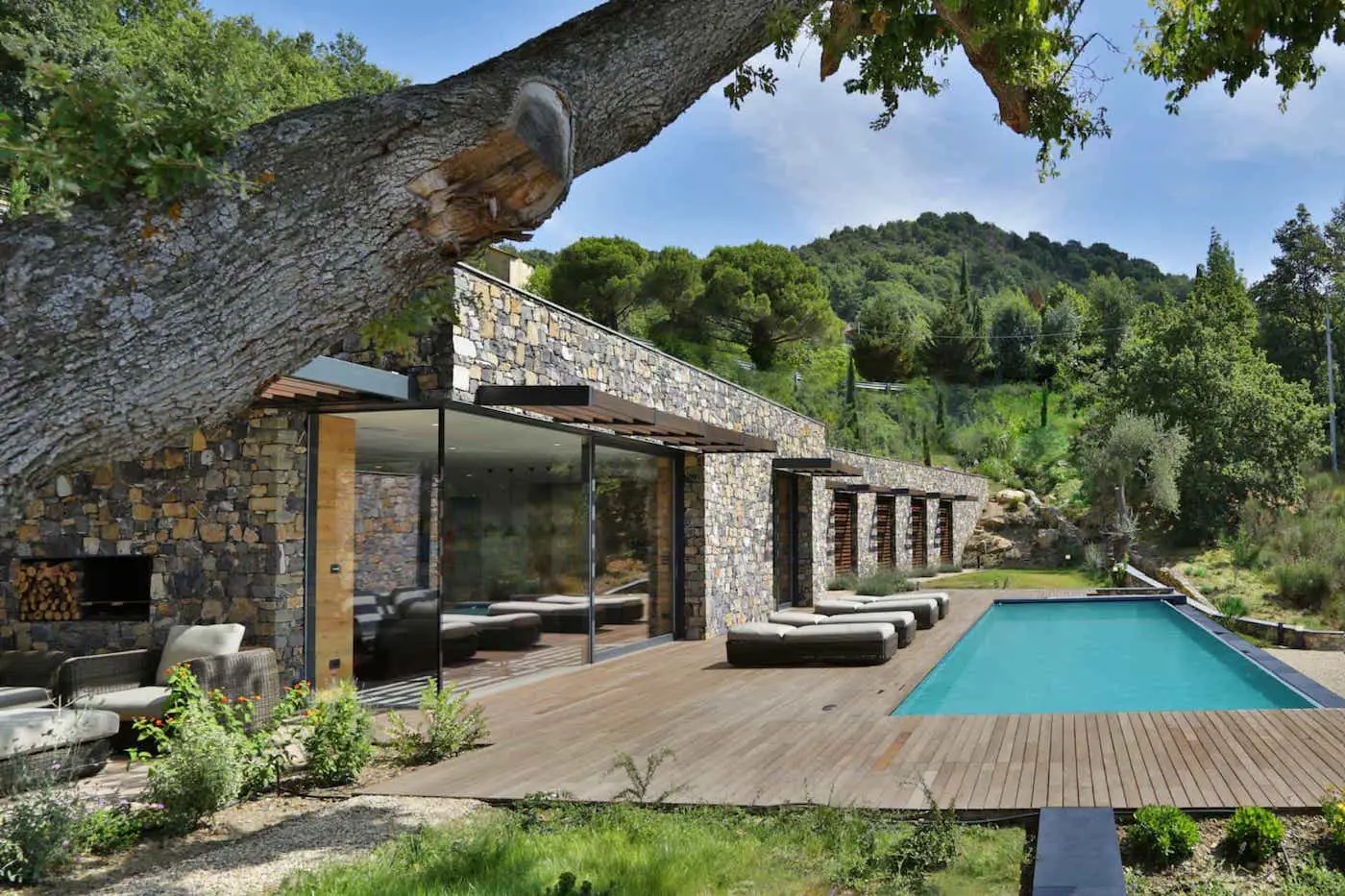 area of home construction, and it is worthwhile spending some time doing additional research to find a partner that will work well with your expectations and design ideas. Most contractors will be enthusiastic to speak with you about your plans, and you can take some time to determine whether they will be the right company to work with.
area of home construction, and it is worthwhile spending some time doing additional research to find a partner that will work well with your expectations and design ideas. Most contractors will be enthusiastic to speak with you about your plans, and you can take some time to determine whether they will be the right company to work with.
Summary
We are always intrigued by new and inspired ideas that assist all of us, and offer innovative solutions to living a more simple life. Solutions like those incredible Underground homes, and Berm earth-sheltered buildings offer eco-friendly options to building a home that is practical, comfortable and beautiful – exactly the types of innovations we are encouraged by.
For some other great articles on earth-sheltered homes, and underground homes, check out our overview of the innovative Compass Greeen Homes, and learn more about these inspired home designs that “enable people to co-exist with nature”, by incorporating earth house engineering principles. Also be sure to check out all of our articles on earth sheltered buildings and the various inspirations that we’ve highlighted at TAG Level.
Let us know your thoughts, as we love to hear from you!! Be sure to Join Us to get future updates and other great inspirations and ideas from TAG Level.








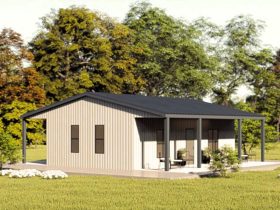

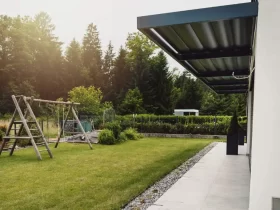
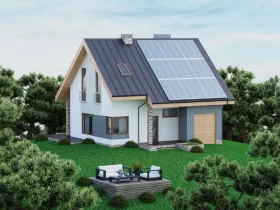
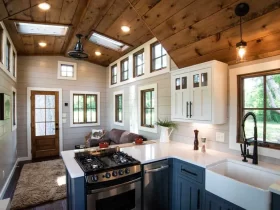
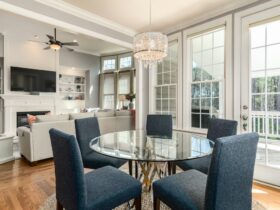





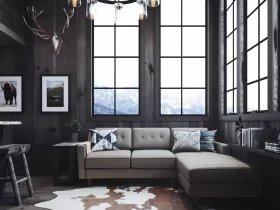
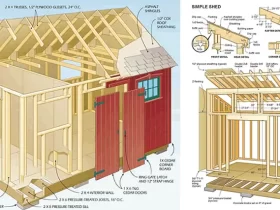
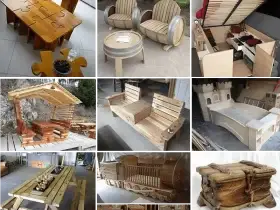
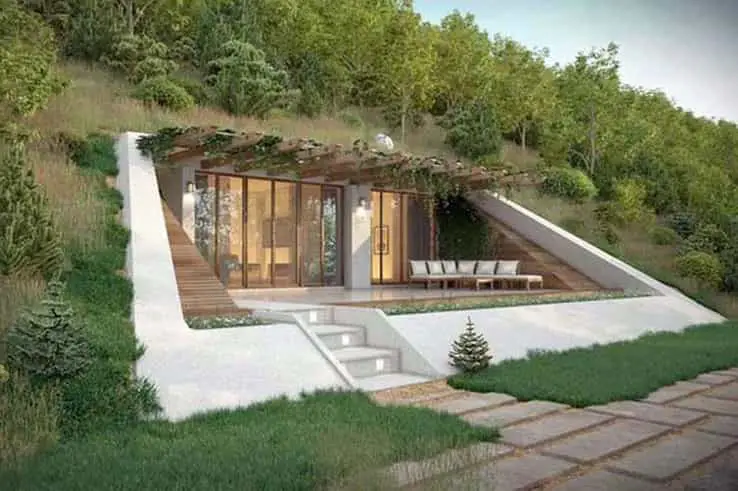
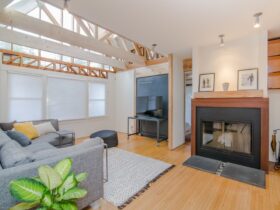
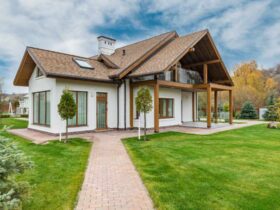
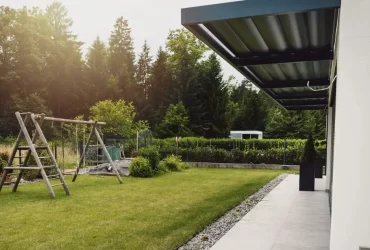
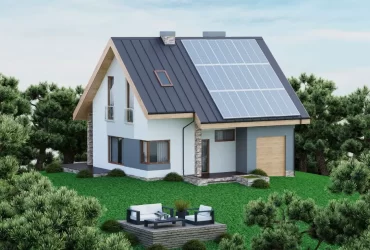
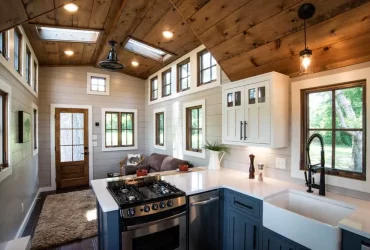
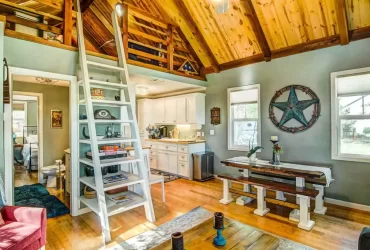
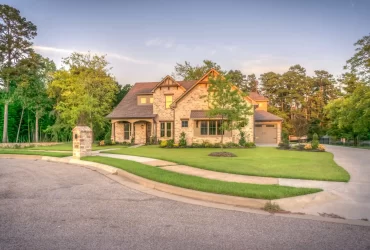
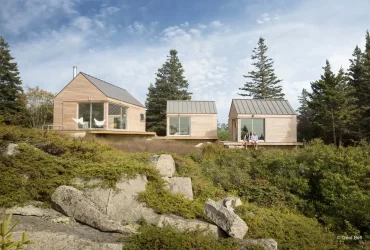
Leave a Reply